Home>Articles>What Should You Use To Clean Hand And Power Tools
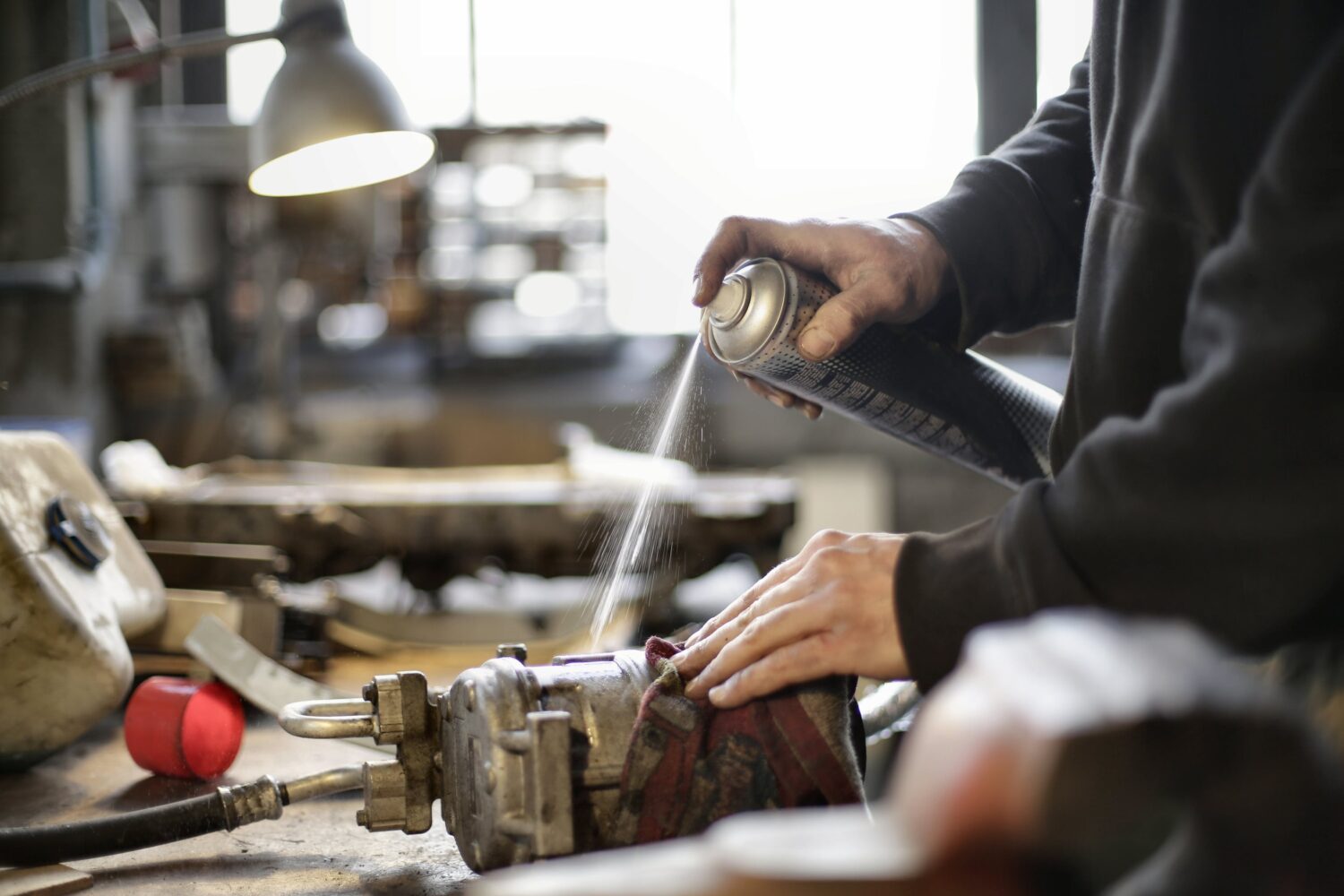

Articles
What Should You Use To Clean Hand And Power Tools
Modified: January 21, 2024
Discover the best articles on how to clean your hand and power tools effectively. Say goodbye to dirt and grime and keep your tools in top condition for longer.
(Many of the links in this article redirect to a specific reviewed product. Your purchase of these products through affiliate links helps to generate commission for Storables.com, at no extra cost. Learn more)
Introduction
Hand and power tools are essential for various tasks, whether it’s DIY projects at home or professional work in construction, woodworking, or automotive repairs. However, over time, these tools can become dirty and grimy, affecting their performance and lifespan. Regular cleaning and maintenance are crucial to keep your tools in optimal condition and ensure they continue to perform at their best.
In this article, we will explore the different cleaning agents and techniques that you can use to clean your hand and power tools effectively. We will also discuss some safety precautions you should take to protect yourself during the cleaning process.
Before we dive into the specifics of cleaning hand and power tools, let’s consider some general considerations that apply to both types.
Key Takeaways:
- Regular cleaning and maintenance of hand and power tools using appropriate cleaning agents and techniques is crucial for optimal performance and longevity, as well as for ensuring safety during use.
- Prioritizing safety by wearing protective gear, disconnecting power sources, and following proper disposal and storage practices is essential when cleaning hand and power tools.
Read more: What Do You Use To Clean Snap-On Hand Tools
General considerations for cleaning hand and power tools
Before you start cleaning your hand and power tools, there are a few general considerations to keep in mind:
- Read the manufacturer’s instructions: Different tools may require specific cleaning methods or have certain parts that should not be exposed to certain cleaning agents. Always refer to the manufacturer’s instructions before cleaning your tools.
- Inspect the tools: Before cleaning, carefully inspect your tools for any signs of damage or wear. If you notice any issues, such as loose parts or broken handles, refrain from cleaning them until you have repaired or replaced the damaged components.
- Protective equipment: It’s important to wear appropriate protective equipment, such as gloves and safety goggles, to safeguard yourself from any potential hazards during the cleaning process.
- Disassemble if necessary: Some tools may have removable parts or accessories that need to be cleaned separately. If this is the case, refer to the manufacturer’s instructions for disassembling and reassembling your tools correctly.
- Use a clean work area: Find a clean and well-ventilated workspace where you can safely clean your tools. This will help prevent any contamination from dirt, dust, or chemicals.
Now that we have covered the general considerations, let’s explore the cleaning agents that are suitable for hand tools.
Cleaning agents for hand tools
When it comes to cleaning hand tools, there are a variety of cleaning agents that you can use, depending on the type of tool and the level of dirt and grime accumulated. Here are some commonly used cleaning agents:
- Soap and water: For general cleaning, mild dish soap mixed with warm water can be effective in removing dirt and grease from hand tools. Use a brush or cloth to scrub the tool’s surface gently. Ensure that you dry the tools thoroughly after cleaning to prevent rust formation.
- Isopropyl alcohol: Isopropyl alcohol is excellent for removing stubborn stains, adhesives, or sticky residues from hand tools. Apply the alcohol onto a cloth or cotton pad and rub the affected areas. Remember to ventilate the area properly and avoid using alcohol near open flames or sparks.
- Vinegar: Vinegar is a natural and affordable cleaning agent. It can be used to remove rust from hand tools. Soak the rusted parts in vinegar for several hours or overnight, then scrub with a wire brush to remove the rust. Rinse and dry the tools thoroughly afterward.
- Baking soda paste: Baking soda mixed with water creates a gentle abrasive paste that can help remove stains or surface grime from hand tools. Apply the paste to the tool’s surface and scrub with a non-abrasive brush or cloth. Rinse and dry the tools thoroughly after cleaning.
- WD-40: WD-40 is a versatile lubricant that can also be used to clean hand tools. It can help loosen rusted parts and remove grime. Spray WD-40 onto the tools and use a cloth or brush to scrub away dirt and rust. Wipe off any excess WD-40 after cleaning.
These cleaning agents serve as a starting point for cleaning hand tools, but always make sure to refer to the manufacturer’s instructions for any specific cleaning recommendations. Now, let’s move on to cleaning agents suitable for power tools.
Cleaning agents for power tools
Power tools can accumulate dirt, dust, and debris during use, which can affect their performance and longevity. Cleaning power tools requires extra care, especially when dealing with electrical components. Here are some effective cleaning agents for power tools:
- Air compressor: An air compressor with a blow gun attachment is an excellent tool for cleaning power tools. It can blow away dust and debris from hard-to-reach areas, such as switches, vents, and motor housings. Make sure to use regulated air pressure to prevent damage to sensitive components.
- Denatured alcohol: Denatured alcohol is a solvent that can effectively clean power tool surfaces, including metal and plastic parts. Apply the alcohol to a cloth or cotton swab and gently wipe the surfaces clean. Avoid using excessive amounts of alcohol to prevent damage to plastic components.
- Electrical contact cleaner: Electrical contact cleaner is specifically designed to clean electrical components without leaving residue or damaging sensitive parts. It can be used to remove dirt or oxidation from power tool switches, connectors, and other electrical connections. Follow the manufacturer’s instructions when using electrical contact cleaner.
- Silicone spray: Silicone spray can be used to lubricate and protect power tool surfaces, especially metal parts, after cleaning. It helps prevent rust and keeps moving parts functioning smoothly. Apply a thin, even coat of silicone spray to the tool’s surfaces, and wipe off any excess spray.
- Compressed air: Compressed air cans or a portable air compressor with a blow gun attachment can be used to blow away dust and debris from power tool vents and cooling fans. This helps to maintain proper airflow and prevent overheating of the power tool during operation.
Always remember to consult the manufacturer’s guidelines before using any cleaning agents on your power tools, especially when it comes to electrical components and sensitive parts. Proper cleaning and maintenance will ensure that your power tools remain in top working condition for years to come.
Now, let’s explore some specialized cleaning techniques for different types of tools.
Specialized cleaning techniques for different tool types
Certain types of tools require specialized cleaning techniques to effectively remove dirt, grime, and other contaminants. Let’s explore some of these techniques for different tool types:
Read more: What Should Be Used When Using Hand Tools
Screwdrivers and Pliers:
For screwdrivers and pliers, focus on cleaning the handles and removing any debris stuck in the pivot joints. Use a mild soap and water mixture to clean the handles and wipe them dry. For pivot joints, consider using a small brush or toothbrush to dislodge any dirt or debris. Lubricate the joints with a light coating of silicone spray or machine oil for smooth operation.
Saws:
When cleaning saws, it’s important to remove any sawdust and resin from the teeth and blade. Use a wire brush or toothbrush to clean between the teeth. If the blade has heavy resin buildup, you can use a solvent like denatured alcohol or specialized saw blade cleaner. After cleaning, make sure to dry the blade thoroughly to prevent rust formation.
Drill Bits:
Cleaning drill bits is essential to maintain their cutting performance. Start by removing any large debris or wood chips stuck in the flutes. For metal drill bits, you can use a wire brush and a solvent like denatured alcohol or drill bit cleaner to remove any built-up lubricant or residue. For wood drill bits, a mixture of soap and water can be used along with a brush to clean the surface. Dry the drill bits before storing them to prevent rust.
Cutting Tools (Chisels, Knives, etc.):
Cutting tools require regular cleaning to remove debris and prevent corrosion. Clean the cutting edge with soap and water, and use a small brush to remove any stubborn residue. If the blade is rusty, you can use vinegar to soak the tool for a few hours, then scrub off the rust with a wire brush. After cleaning, apply a light coat of oil to protect the metal surfaces.
Air Tools:
To clean air tools, it’s important to disconnect the tools from the air supply and depressurize them. Remove any accumulated dirt or debris from the air intake and exhaust ports using a soft brush or compressed air. Lubricate the tool using air tool oil to ensure smooth operation. Check the manufacturer’s instructions for any specific cleaning or maintenance procedures for your air tools.
These specialized techniques will help you maintain and prolong the lifespan of different types of tools. Remember to handle sharp tools with caution and wear appropriate protective gear when cleaning and maintaining them.
Now, let’s discuss the safety precautions to keep in mind while cleaning your hand and power tools.
Safety precautions when cleaning tools
While cleaning your hand and power tools, it’s important to prioritize safety to avoid accidents or injuries. Follow these safety precautions to ensure a safe cleaning process:
- Wear protective gear: Always wear appropriate protective gear, including gloves, safety goggles, and a dust mask, to protect against potential hazards like sharp edges, chemical splashes, or airborne particles.
- Disconnect power source: Before cleaning any power tool, make sure to disconnect it from the power source or remove the battery if applicable. This prevents accidental activation of the tool during cleaning.
- Secure the tools: When working with hand tools, make sure they are secured on a stable surface to prevent them from slipping or falling while cleaning. This reduces the risk of accidental injuries.
- Avoid excessive force: Be cautious when using brushes or abrasive materials to clean tools. Excessive force may cause damage to the tool’s surface or components. Use gentle and controlled strokes to clean effectively without causing any harm.
- Beware of sharp edges: Hand tools like knives, chisels, or saws may have sharp edges. Handle them with care and avoid coming into contact with the sharp edges while cleaning. Properly store your tools with blade guards or sheaths to minimize the risk of accidental cuts or injuries.
- Work in a well-ventilated area: Ensure that you clean your tools in a properly ventilated area or open space to avoid inhaling dust, fumes, or volatile chemicals. Proper ventilation reduces the risk of respiratory issues or chemical exposure.
- Dispose of cleaning agents properly: Follow local regulations and guidelines for the safe disposal of cleaning agents. Avoid pouring them down the drain or throwing them in regular trash. Check with your local waste management facility for proper disposal methods.
- Store your tools properly: After cleaning, ensure that you dry your hand tools thoroughly to prevent rust formation. Store them in a dry and secure place, away from moisture or extreme temperatures. For power tools, store them in a cool, dry place and protect them from dust and debris.
By following these safety precautions, you can significantly reduce the risk of accidents and injuries while cleaning your hand and power tools. Always prioritize your safety and take necessary measures to protect yourself throughout the entire cleaning process.
Now, let’s summarize what we have discussed in this article.
Regularly clean hand and power tools with a rag and mild soap and water to remove dirt, grease, and debris. Dry thoroughly to prevent rust and corrosion.
Conclusion
Cleaning your hand and power tools is an essential part of tool maintenance that can prolong their lifespan and ensure optimal performance. By following the right cleaning agents and techniques, you can keep your tools in excellent condition and avoid any potential issues caused by dirt, grime, or rust.
When cleaning hand tools, consider using soap and water, isopropyl alcohol, vinegar, baking soda paste, or WD-40, depending on the type of dirt or stains you need to clean. Always refer to the manufacturer’s instructions for specific cleaning recommendations.
For power tools, use tools such as air compressors, denatured alcohol, electrical contact cleaner, silicone spray, or compressed air cans to remove dust, debris, and lubricate the necessary parts. Remember to follow safety precautions, disconnect power sources, wear protective gear, and work in well-ventilated areas.
Specialized cleaning techniques are required for specific tool types such as screwdrivers, saws, drill bits, cutting tools, and air tools. Take extra care when dealing with sharp edges and always follow the manufacturer’s instructions for cleaning and maintenance.
Lastly, ensure your safety by wearing protective gear, securing the tools, avoiding excessive force, being cautious of sharp edges, working in well-ventilated areas, disposing of cleaning agents properly, and storing your tools correctly.
Remember, proper cleaning and maintenance not only improve the longevity and performance of your tools but also contribute to your safety while using them. So, incorporate regular cleaning into your tool care routine and enjoy the benefits of well-maintained hand and power tools for years to come.
Frequently Asked Questions about What Should You Use To Clean Hand And Power Tools
Was this page helpful?
At Storables.com, we guarantee accurate and reliable information. Our content, validated by Expert Board Contributors, is crafted following stringent Editorial Policies. We're committed to providing you with well-researched, expert-backed insights for all your informational needs.
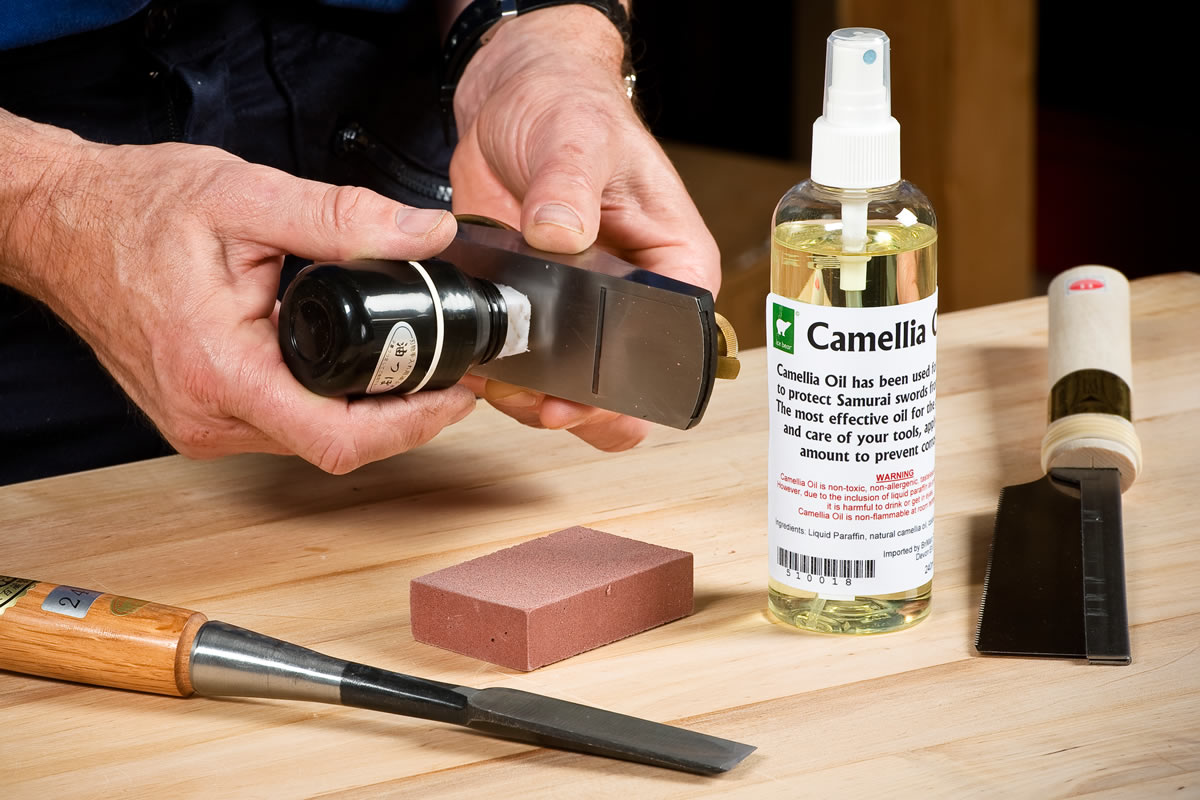
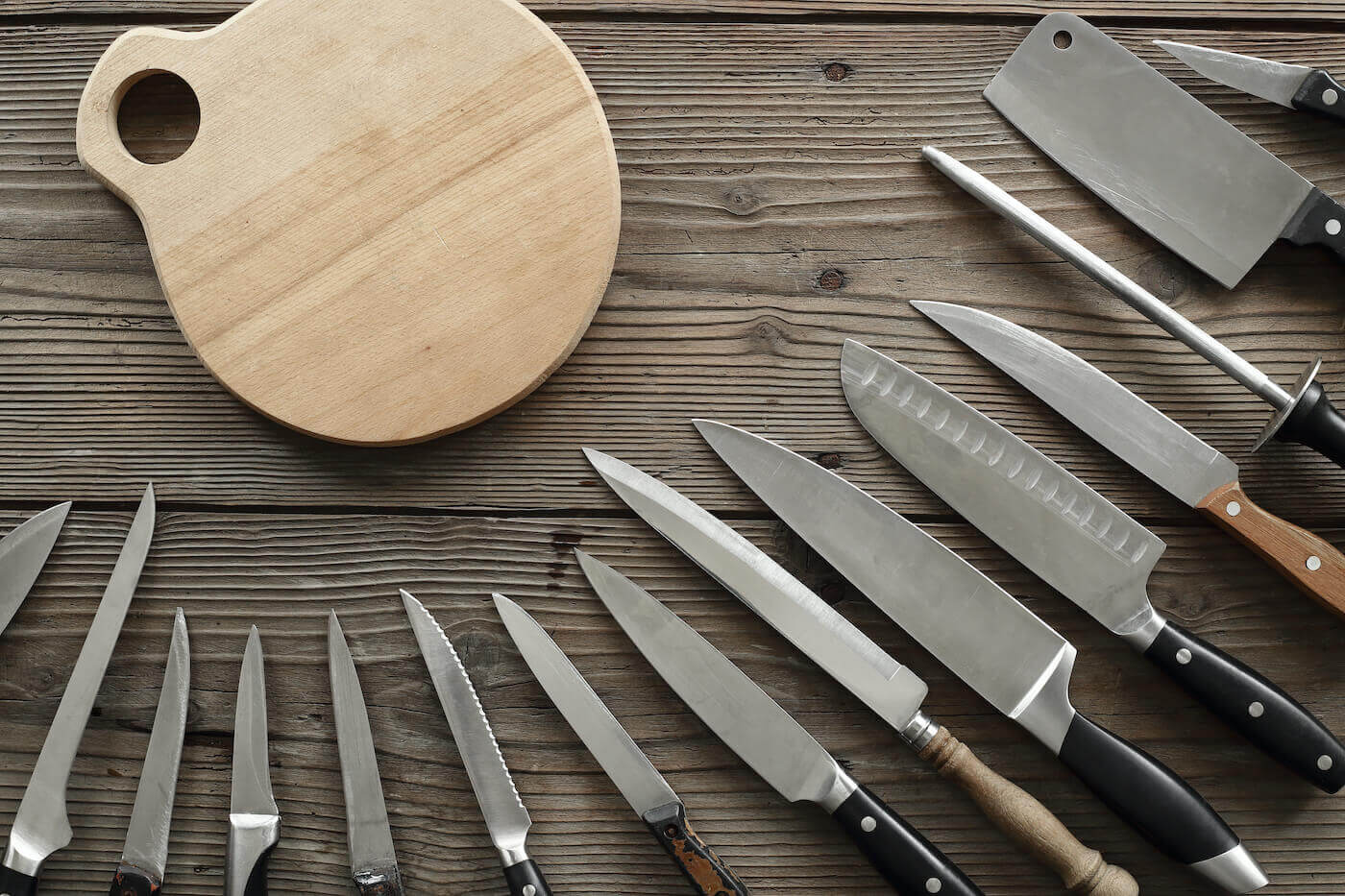
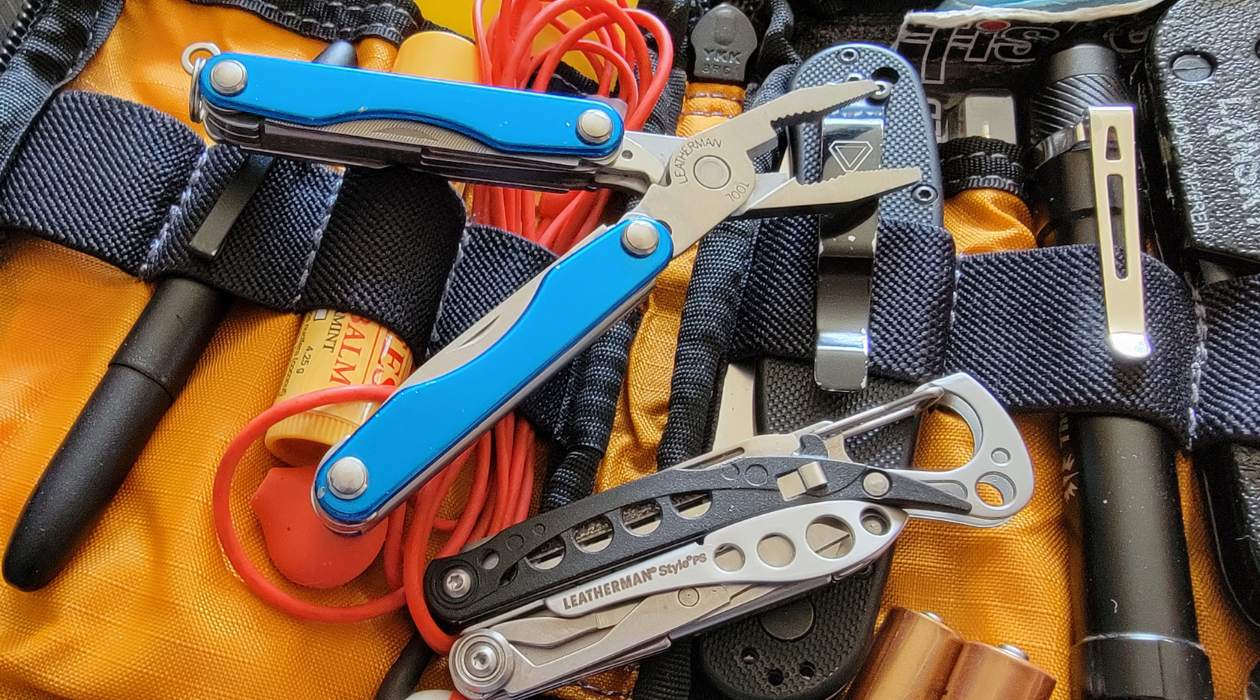

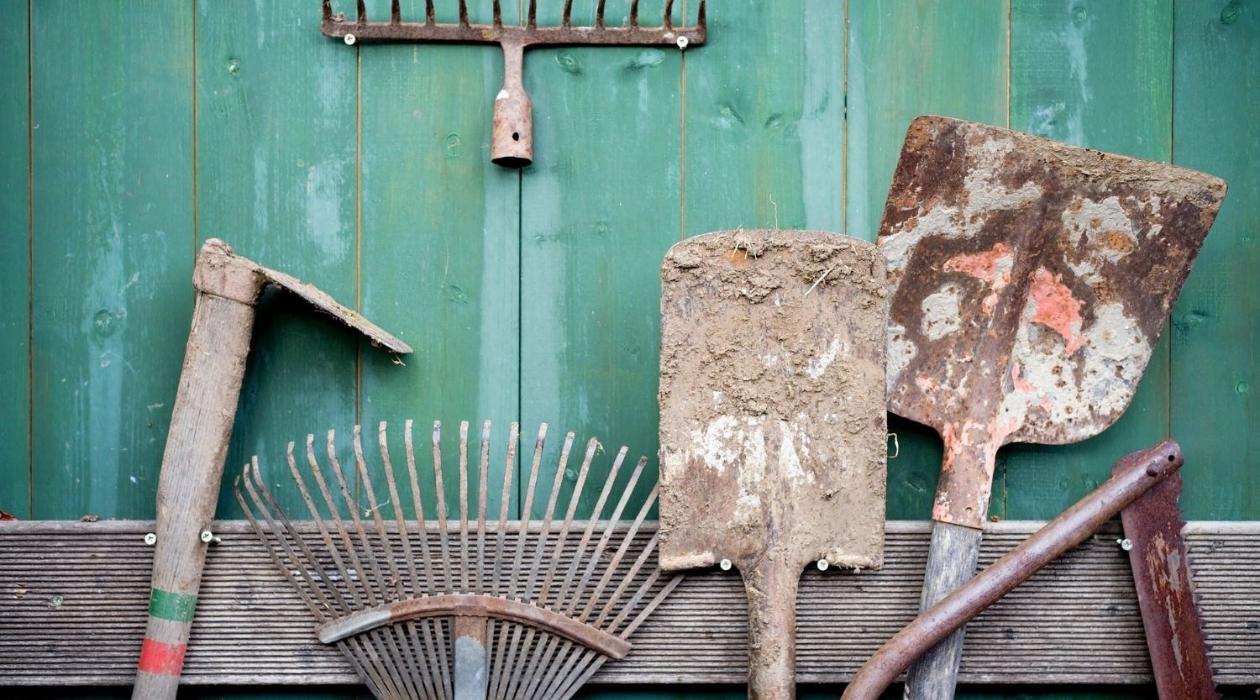
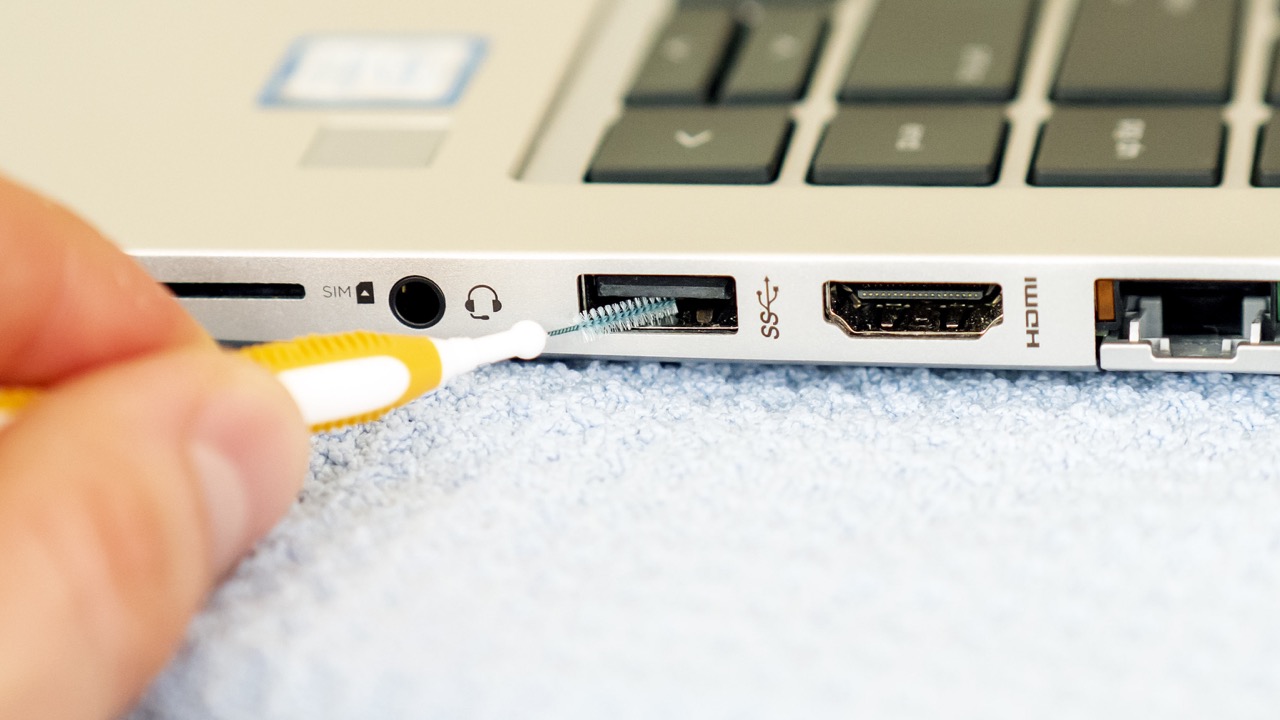

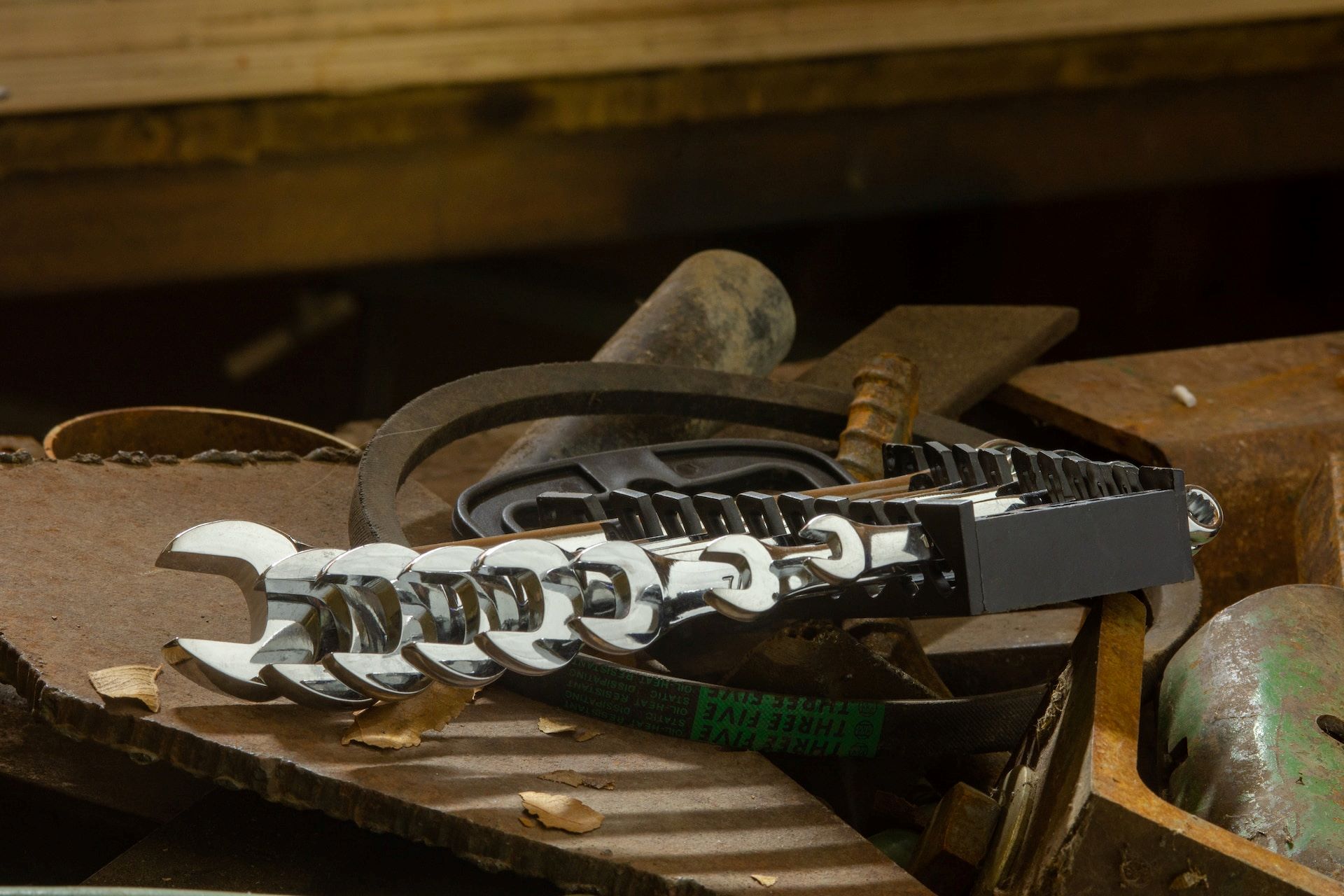
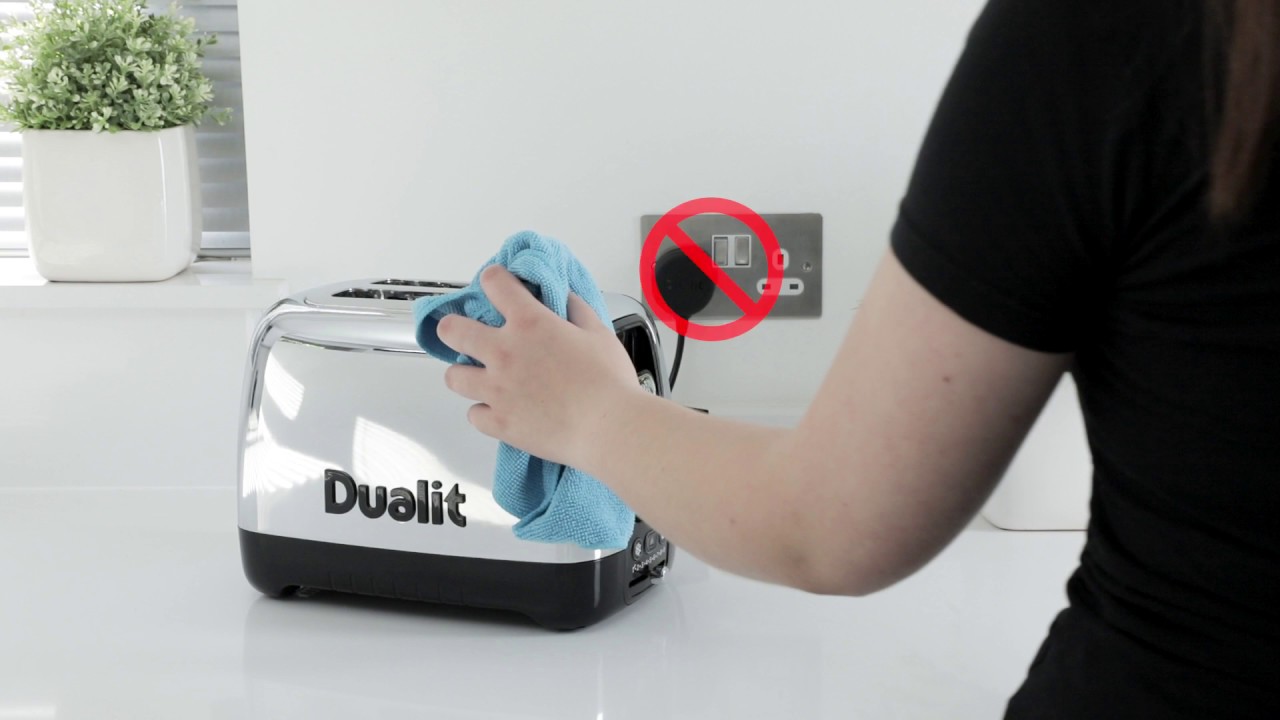

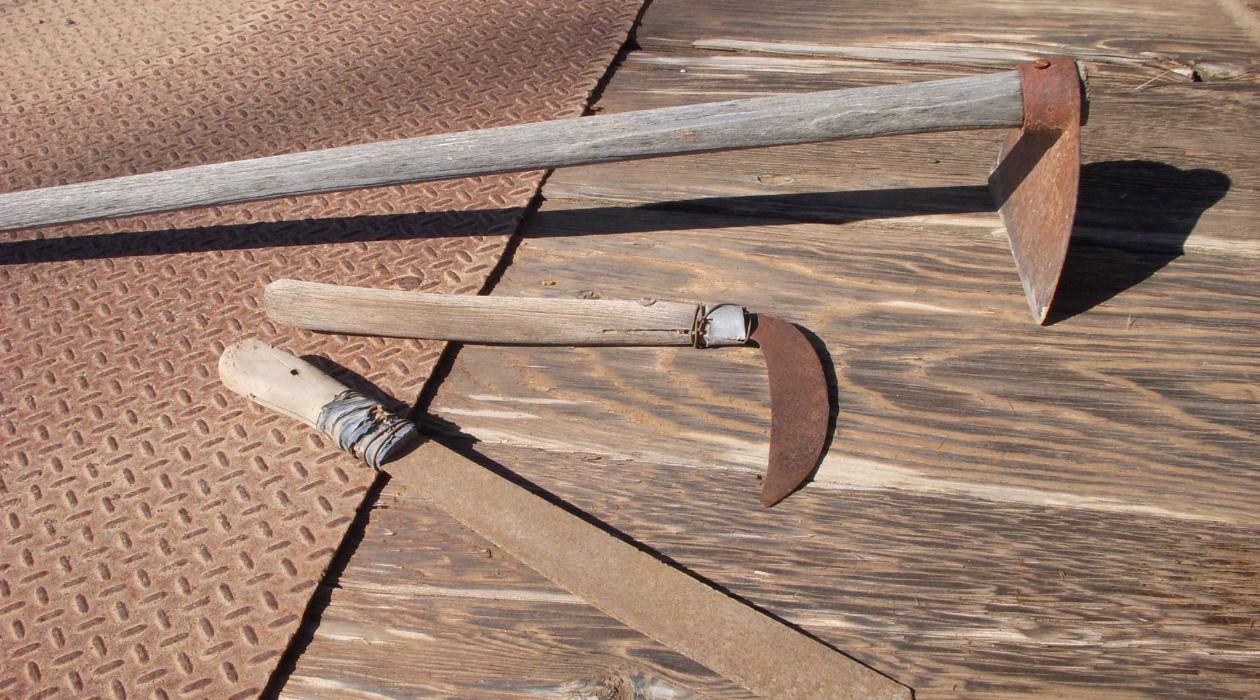

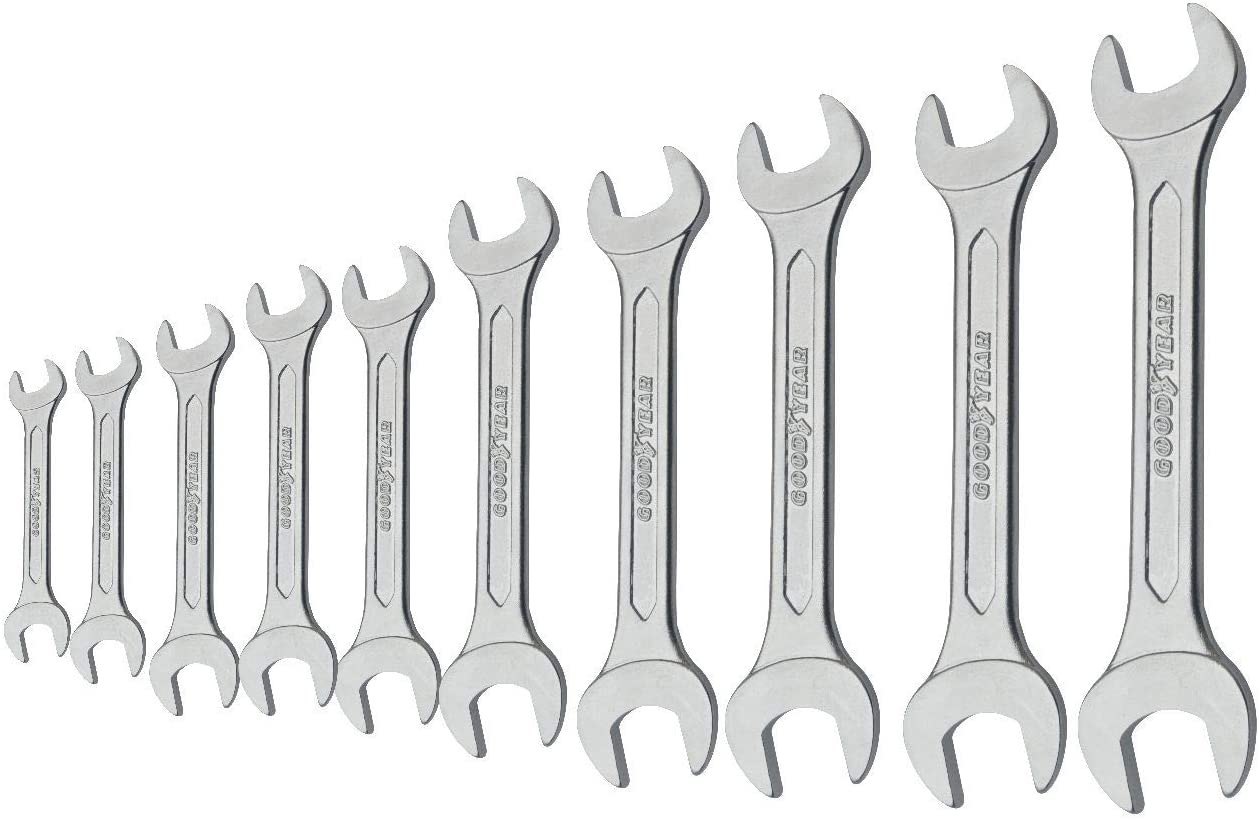

0 thoughts on “What Should You Use To Clean Hand And Power Tools”